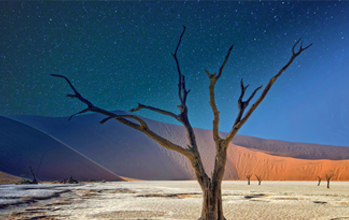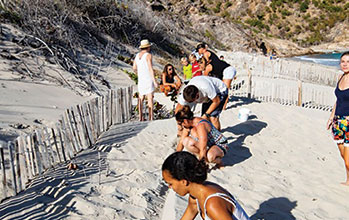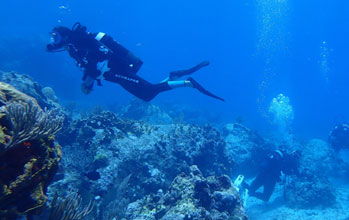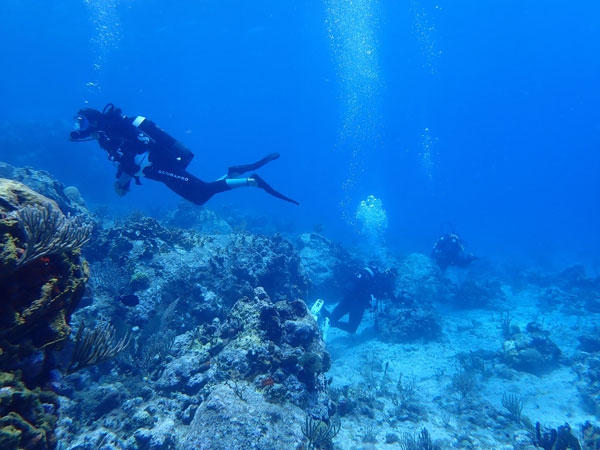 This past September, the Territorial Environmental Agency dedicated three days to monitoring the Natural Reserve. These annual monitoring efforts have been conducted in St Barths since 2007.
This past September, the Territorial Environmental Agency dedicated three days to monitoring the Natural Reserve. These annual monitoring efforts have been conducted in St Barths since 2007.
What’s the purpose?
Natural Reserves exist to protect special sites, preserve biodiversity, and conserve rare or endangered habitats. Each reserve operates under a management plan that defines specific ways to achieve these goals. Monitoring the Reserve is a key part of this mission. It helps track the health of local ecosystems, such as coral reefs and seagrass.
How does the monitoring work?
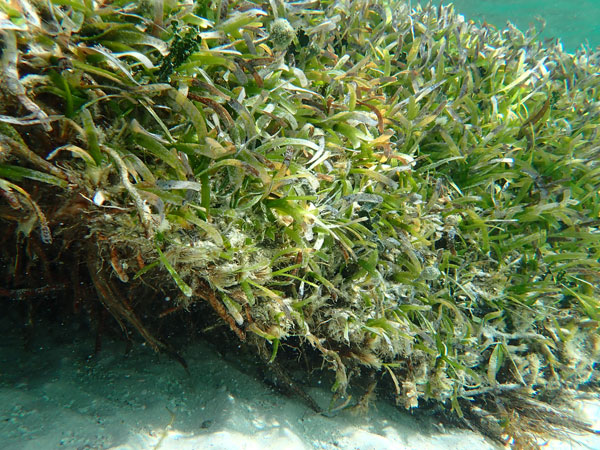 Locally, the Territorial Environmental Agency teams up with Créocean, a marine research firm based in Guadeloupe that specializes in studying the marine environments of the French Caribbean. Several dives are organized with ATE members and colleagues from nearby reserves to gather data that will help assess the condition of the sites. For the most recent monitoring, we were happy to welcome team members from the Saint Martin Natural Reserve and Petite Terre Reserve.
Locally, the Territorial Environmental Agency teams up with Créocean, a marine research firm based in Guadeloupe that specializes in studying the marine environments of the French Caribbean. Several dives are organized with ATE members and colleagues from nearby reserves to gather data that will help assess the condition of the sites. For the most recent monitoring, we were happy to welcome team members from the Saint Martin Natural Reserve and Petite Terre Reserve.
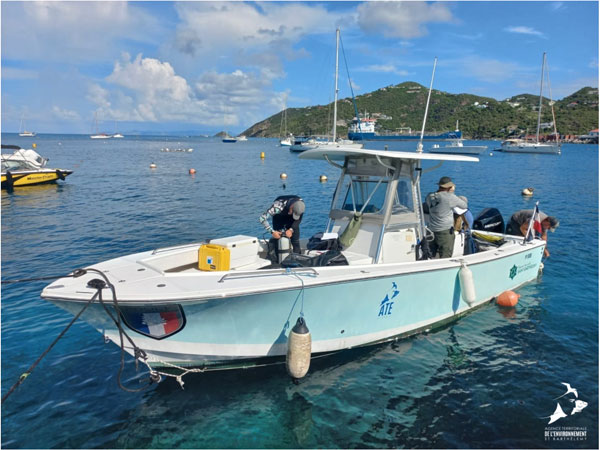 POver the course of a few days, specific sites were studied: Boeuf (outside the reserve), Colombier (within the reserve), and Pointe Milou (a regulated area for coral restoration).
POver the course of a few days, specific sites were studied: Boeuf (outside the reserve), Colombier (within the reserve), and Pointe Milou (a regulated area for coral restoration).
At these sites, the monitoring will focus on the benthos, specifically the nature of the seafloor covering (corals, algae, sponges, bare rock, debris, dead coral, sand, and silt), which divers must meticulously record every 8 inches over a distance of 197 feet.
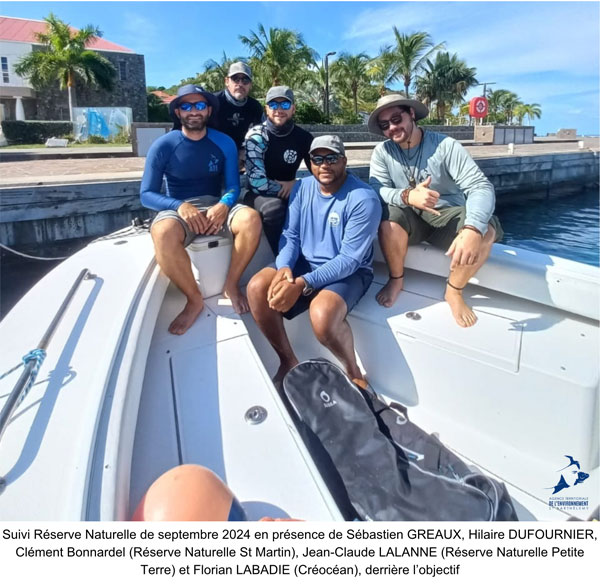 The second part of the monitoring shifts focus to Bonhomme (outside the reserve, monitored since 2021) and Petit Cul-de-sac (within the reserve, monitored since 2018). Here, the spotlight is on seagrass meadows. Their health is assessed based on several key criteria, including the presence of other species on the seagrass, its topography, and the amount of algae. These transects are 164 feet long and 6.5 feet wide. The team also records sightings of marine life like sea urchins, pen shells, starfish, sea cucumbers, and conchs to get a fuller picture of the ecosystem’s health.
The second part of the monitoring shifts focus to Bonhomme (outside the reserve, monitored since 2021) and Petit Cul-de-sac (within the reserve, monitored since 2018). Here, the spotlight is on seagrass meadows. Their health is assessed based on several key criteria, including the presence of other species on the seagrass, its topography, and the amount of algae. These transects are 164 feet long and 6.5 feet wide. The team also records sightings of marine life like sea urchins, pen shells, starfish, sea cucumbers, and conchs to get a fuller picture of the ecosystem’s health.
Why does this matter?
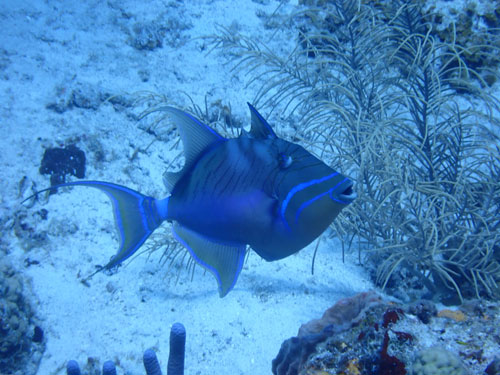 The data collected is carefully analyzed and compared with past years to spot trends or any consistent patterns.
The data collected is carefully analyzed and compared with past years to spot trends or any consistent patterns.
These trends give us a clear picture of how the sites are doing, which helps scientists draw conclusions and suggest actions if any areas show signs of decline.
This monitoring also allows for a comparison between sites within the Natural Reserve and those outside it. So far, this comparison has consistently shown that protected sites are healthier, a phenomenon known as the ‘reserve effect.’ It’s an additional argument for the importance of our reserve and for continuing to update regulations to further protect these areas.

